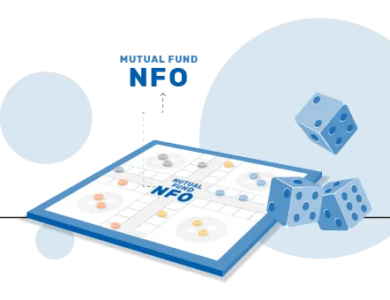Budgeting Without the Burden: New Approaches to Financial Planning

In today’s fast-paced financial world, creating a realistic budget is like having a roadmap for your money. It’s an essential skill that can transform your financial health and pave the way to your long-term goals. But how do you craft a budget that’s both effective and sustainable? Let’s dive into the process.
Start with Your Income
The foundation of any budget is understanding your income. “Begin by calculating your total monthly income after taxes,” advises Sarah Thompson, a certified financial planner. “Include your regular salary, freelance work, and any other consistent sources of income.”
Track Your Spending
Before you can allocate your money, you need to know where it’s going. “Use a spending tracker app or review your bank statements for the past three months,” suggests Thompson. “Categorize your expenses to get a clear picture of your spending habits.”
Differentiate Needs from Wants
Once you have a snapshot of your spending, it’s time to separate necessities from luxuries. Housing, utilities, food, and healthcare are typically non-negotiable. Everything else – from entertainment to dining out – falls into the ‘wants’ category.
Apply the 50/30/20 Rule
Many financial experts recommend the 50/30/20 rule as a starting point. “Allocate 50% of your income to needs, 30% to wants, and 20% to savings and debt repayment,” explains John Rodriguez, author of “Budgeting for Real Life.”
“However,” Rodriguez cautions, “these percentages are guidelines, not hard rules. Adjust them based on your unique situation and financial goals.”
Be Realistic and Flexible
The key to a sustainable budget is realism. “Don’t expect to cut all discretionary spending overnight,” warns Thompson. “Start with small, achievable changes and gradually work towards your ideal budget.”
Flexibility is equally important. Life is unpredictable, and your budget should be able to adapt. “Review and adjust your budget monthly,” Rodriguez recommends. “As your income or expenses change, so should your budget.”
Leverage Technology
In the digital age, numerous apps and tools can simplify budgeting. “Apps like Mint, YNAB, or PocketGuard can automate much of the budgeting process,” says Thompson. “They can categorize your spending, send alerts for bill payments, and provide visual representations of your financial health.”
Plan for the Unexpected
A realistic budget isn’t just about day-to-day expenses. It should also include provisions for emergencies and future goals. “Aim to build an emergency fund that covers 3-6 months of expenses,” advises Rodriguez. “Also, factor in savings for long-term goals like buying a home or retirement.”
The Bottom Line
Creating a realistic budget is a powerful step towards financial wellness. It’s not about restricting your spending, but about making conscious choices that align with your values and goals.
“A good budget gives you freedom, not limitations,” concludes Thompson. “It’s about spending smartly on what matters most to you, while ensuring a secure financial future.”
Remember, the perfect budget is one that you can stick to. Start today, be patient with yourself, and watch as your financial stress decreases and your savings grow. Your future self will thank you for the effort you put in now.








